Today, artificial intelligence (AI) is an integral part of our daily lives. From mind-bending breakthroughs to real-world applications, AI took giant leaps forward, blurring the lines between technology and human existence. AI advancements reshaped our interactions, prompting ethical concerns about dependence on machines for decisions and companionship in our lives.
In the previous parts, we covered popular data-driven trends shaping the digital landscape, data management key trends and transformations in 2023, as well as the evolution of business intelligence (BI) and analytics.
Part four of “The 2023 Evolution of Data, Analytics and AI“ series is here! Going into this part, we cover the 2023 AI advancements and emerging trends and future directions at the forefront of artificial intelligence.
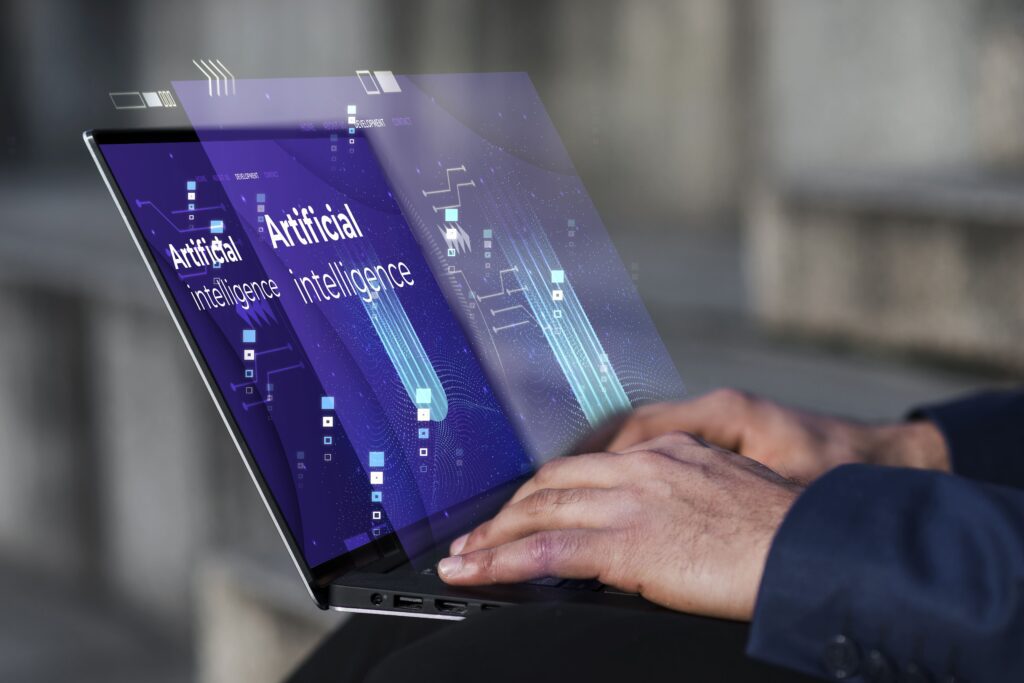

AI Advancements in 2023
Envision a world where artificial intelligence transcends science fiction, becoming a force that shapes reality. Advancements in artificial intelligence push human-machine boundaries. Careful consideration is crucial as algorithms may unintentionally harbor bias, impacting organizations and individuals.
The frontiers of artificial intelligence extend far beyond chatbots and virtual assistants. In this article, we cover some of the cutting-edge advancements in AI today. Additionally, we explore the path toward a future where human and machine intelligence converge and prosper.
Revolutionizing Natural Language Processing (NLP)
In 2023, the AI arms race heated up. Consequently, tech giants like Google, Microsoft, and OpenAI lock horns in the battle for language model supremacy. Powerhouses like PaLM (Pathways Language Model) and LaMDA (Language Model for Dialogue Applications) showcase mind-blowing abilities. From proficient coding to crafting poetry, they demonstrate versatility and innovation.
These marvels redefine natural language processing (NLP), stirring excitement about their future impact on various fields, such as journalism and creative writing.
The future of natural language processing is highly promising, paving the path to a myriad of possibilities beyond language understanding. Envision machines not only grasping our words but intuitively discerning intent, foreseeing needs, and responding empathetically. The boundary between language and action dissolves, as NLP powers real-time translation of not just words, but gestures, expressions, and even brainwaves.
Furthermore, this hyper-personalized future depends on responsible development to ensure inclusivity and mitigate bias. NLP’s potential for profound understanding can revolutionize not only communication but our relationship with technology, fostering a secure and efficient digital ecosystem.
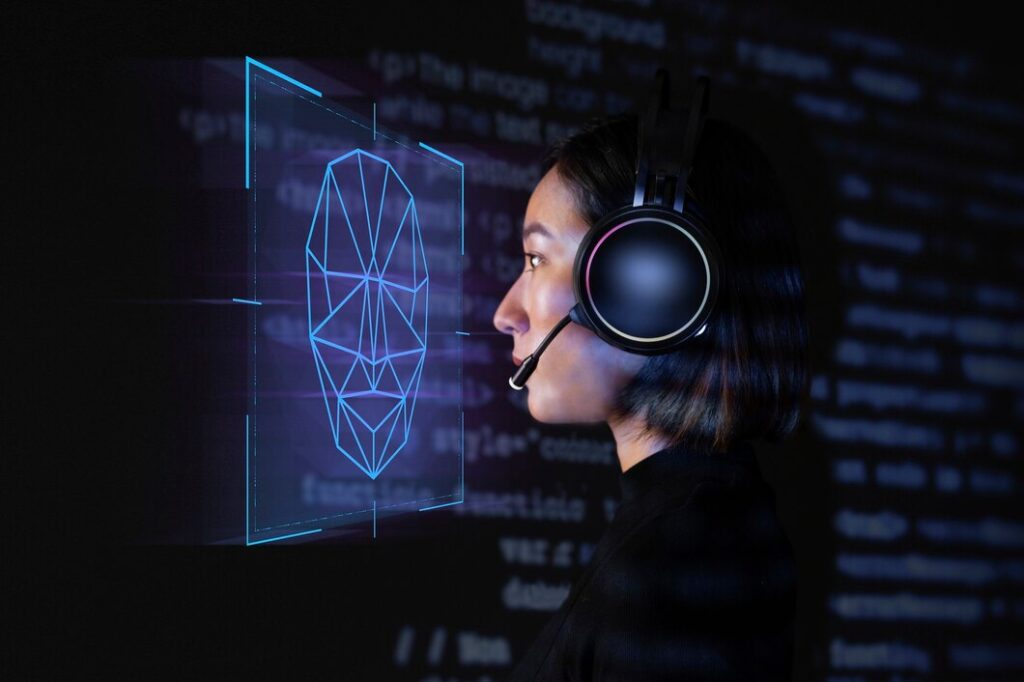

The Rise of Generative AI Tools
2023 stood witness to a flow in user-friendly generative AI tools. Enabling effortless creation of images, videos, code segments, and musical compositions, these tools ushered in a new era of simplicity and innovation. As AI-powered tools democratize art, a tidal wave of creativity is both empowering and challenging our notions of artistic originality.
Imagine a world where AI can not only unlock your creativity, but also simplify complex knowledge, and even translate languages seamlessly. In just ten months, Google’s Bard has gone from groundbreaking AI research to a powerful tool used by millions. Its conversational capabilities and ability to handle complex information pave the way for a future where humans and AI work together seamlessly.
Launched just over a year ago, ChatGPT (Generative Pre-trained Transformer) could only answer questions based on information up to September 2021 due to training limitations. However, with the latest advancements, ChatGPT-4 brought these “up-to-date capabilities” into play. Now, this chatbot is about to be more current than ever. Users will soon have access to information up to April 2023, as the OpenAI chatbot continues to evolve and stay abreast of the latest developments. Notably, in 2023, OpenAI’s revenue crossed $1.3 billion, underscoring the growing impact and potential of AI technologies in our evolving landscape.
The generative AI revolution shifts from novelty to collaboration. Future developments emphasize synergy between humans and AI, with human creativity guiding algorithms and AI enhancing capabilities. Picture architects sketching, and AI instantly creating 3D models, or writers brainstorming with AI. Personalization becomes key, tailoring content for custom learning, medical treatments, and dynamically generated art reflecting emotional states. However, a responsible approach to generative AI is crucial to ensure its positive impact on humanity, promising an era of creativity, problem-solving, and human-machine collaboration reshaping intelligence and impact in the 21st century.


The Evolution of AI in the Multimodal Era
2023 saw the rise of multimodal AI, systems that can seamlessly understand and interact with different types of data – text, images, audio, and even the physical world. This breakthrough represents a leap from the siloed AI models of the past, paving the way for intelligent machines that can navigate the complexities of our multi-sensory world.
The future of multimodal AI is promising. Going beyond text, AI will integrate various sensory inputs for a comprehensive understanding. Imagine intelligent robots decoding spoken commands, analyzing facial expressions for nuanced intent. This extends to healthcare bots, delving into medical records while also attending to concerns and interpreting facial expressions for holistic care.
In the forthcoming years, machines will aim to engage with human experiences by integrating visual, auditory, odorous, tactile, and affective cues. Challenges such as data fusion and ethical considerations require careful navigation. As we overcome these complexities, AI will drive toward a truly holistic understanding of the world and its inhabitants.
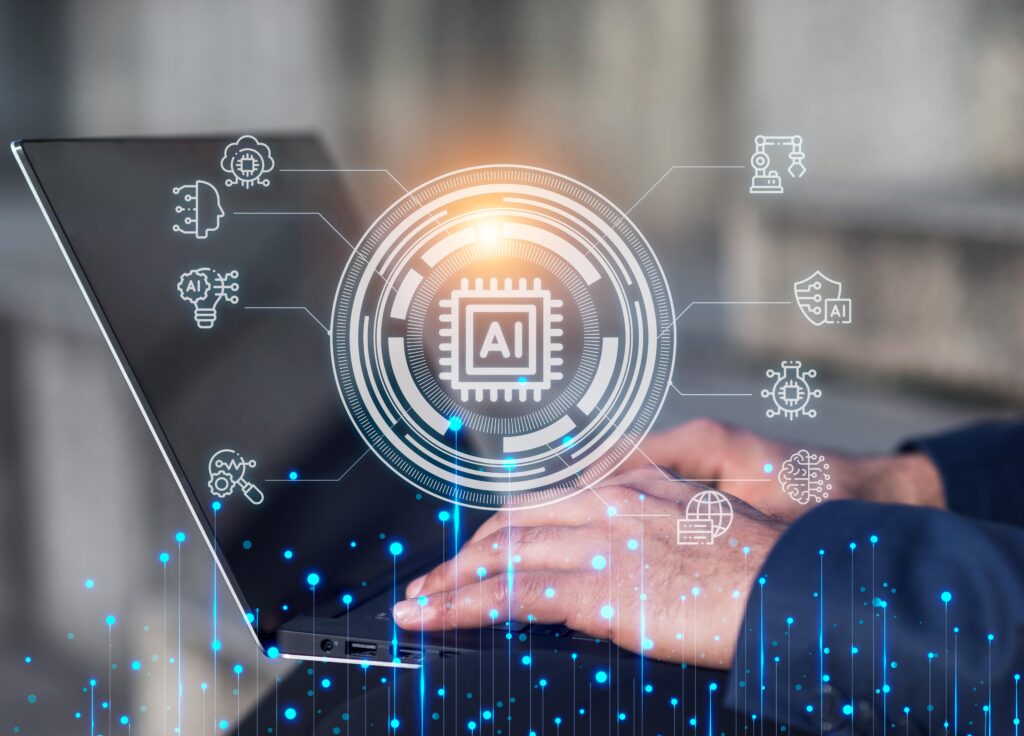

Explainable AI (XAI)
As AI models advance, explainability becomes crucial. Explainable AI (XAI) tools aim to clarify how models make decisions, enhancing transparency and trustworthiness. In 2023, significant progress in XAI techniques included new methods for visualizing and interpreting complex AI model internals.
Explainable AI (XAI) is vital as artificial intelligence advances rapidly, offering clarity by transforming complex algorithms into understandable patterns. As AI becomes widespread, understanding decision-making is essential. XAI’s development is crucial, eliminating bias and serving as a foundational design principle across sectors. This envisions a future with transparent AI-human interaction, fostering responsible contributions in an inclusive ecosystem.
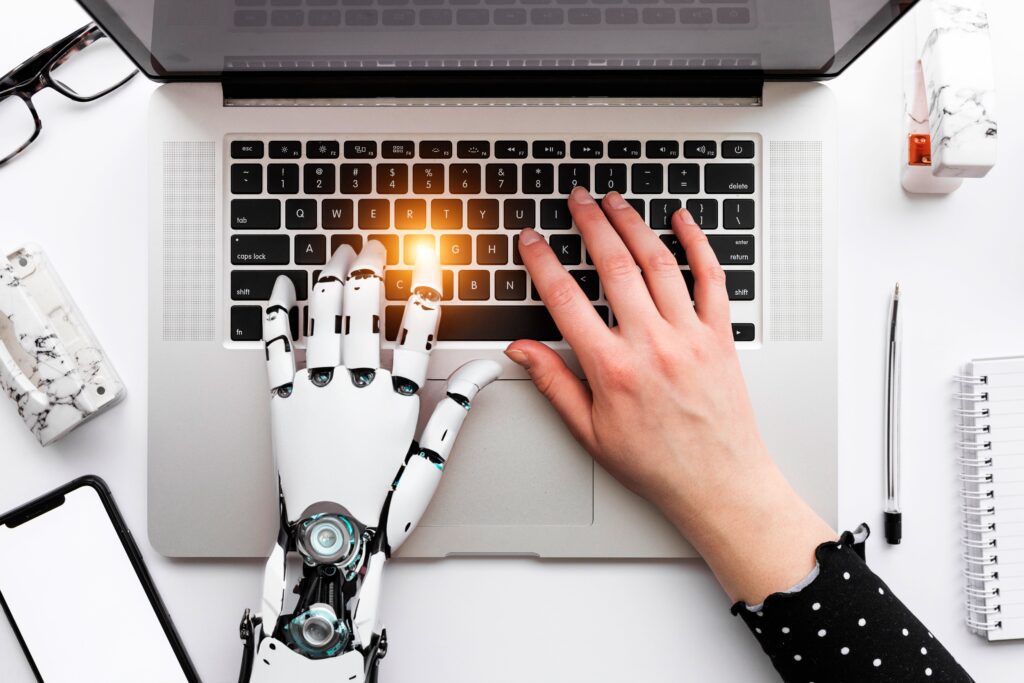

Utilization of AI across Organizations and Society
In 2023, widespread AI integration transformed healthcare, transportation, entertainment, and retail. Despite concerns, collaborative efforts, ethical standards, and industry regulations are crucial. AI’s impact extends beyond the workplace, shaping education, communication, and interpersonal interactions, highlighting its multifaceted influence on industries and societies.
On the other hand, the AI automation wave is reshaping the workforce, sparking societal discussions. GPT-3.5-powered ChatGPT redefines user experiences (UX) in manufacturing, medical diagnoses, and beyond, setting a benchmark for intuitive human-AI interactions. Particularly in healthcare and finance, it streamlines communication and decision-making, showcasing AI’s potential in diverse fields.
ChatGPT speeds scientific discoveries, and AI-driven learning modules revolutionize education, fostering student success. In this era of human-AI synergy, proactive consideration of issues fuels ongoing dialogue on AI’s societal impacts. Furthermore, it enhances interactions, bridging the gap between technical complexities and seamless user experiences. This propels us into a new era of human-AI collaboration, promising widespread societal adoption while attentively addressing potential challenges.


Looking Ahead: The Future of AI in 2024 and Beyond
In late 2022, ChatGPT broke records as the AI platform reached 1 million users in less than a week. By early 2023, ChatGPT had accumulated over 100 million monthly users. AI’s recent rapid growth is unlikely to slow down in the near future. In fact, global AI adoption by organizations is set to expand at a CAGR of 38.1% between 2022 to 2030.
Undoubtedly, the 2023 evolution of artificial intelligence left a mark on the technological landscape. It pushed the limits of machine capabilities and offered a glimpse into a multitude of breakthroughs that could redefine every aspect of our lives.
Stay tuned for the final part five of the series – Commercializing Data and AI: 2023 Overview and 2024 Projections! Part five will cover the commercialization of data and AI. It will offer an overview of technology commercialization in 2023, as well as 2024 forecasts into the future landscape.
For the newest insights in the world of data and AI, subscribe to Hyperight Premium. Stay ahead of the curve with exclusive content that will deepen your understanding of the evolving data landscape.


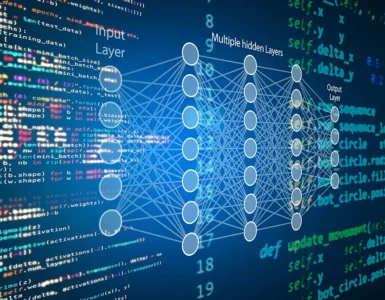












Add comment